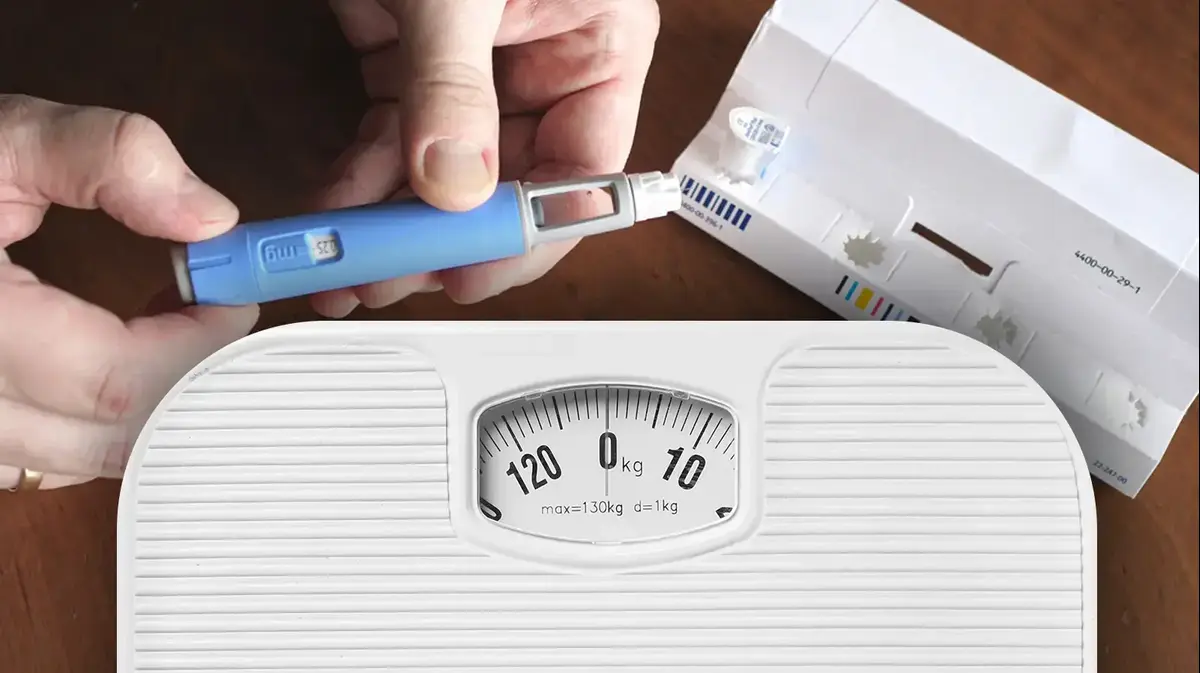How much waste do people in Germany produce each year? This is shown by an analysis by the Federal Environment Agency - with surprising results.
- In Germany, too few recyclable materials are still being reused.
- Every year three million tons of organic waste * end up in the residual waste.
- City dwellers throw more recyclables in the garbage can than the rural population.
The amount of residual waste that the residents of Germany dispose of each year has decreased by 46 percent since 1985. In 2018 there were still 128 kilograms that went into the residual waste bin per person. In the mid-1980s the value was 239 kilograms.
Despite waste separation: Too many recyclables in residual waste
However, only a third of what ends up in the residual waste belongs there. There are still too many recyclables among them that should be recycled. At 39 percent, bio-waste now accounts for the largest part. By contrast, the proportion of waste paper, waste glass, metals and plastics has decreased by up to 80 percent.
Nevertheless, actual residual waste such as diapers, vacuum cleaner bags or cigarette butts only make up 30 percent of the residual waste. “In the past few decades, environmental policy has made a difference when it comes to recycling, but we are still far from the end of this path . There is still a lot to do, ”warns Environment Secretary Jochen Flasbarth.
Read here: Separating waste: which waste goes in which bin?
30 percent of organic waste in the residual waste bin
Because people still throw a third of their organic waste into household waste. This is the best way to recycle food, kitchen and garden waste. These alone generate around three million tons of residual waste each year. So-called dry recyclables make up about 27 percent. In addition to glass, paper and plastic, they also include textiles, wood, cork and electrical appliances.
“To change that, separating waste has to become even easier. Our goal is a real circular economy in which there is hardly any residual waste and the raw materials are reused, ”says Flasbarth.
Dirk Messner, President of the Federal Environment Agency, agrees: “ Avoiding waste has the highest priority. Reusable instead of disposable and clear guidelines for disposable packaging are the right approach here. Biowaste is far too valuable for the residual waste bin because it can be completely recycled and provides the raw material for compost and biogas. "
Despite the ban: Batteries in household waste
Hazardous waste such as solvents, energy-saving lamps or contaminated construction waste only make up a small proportion of just 0.5 percent. However, traces of batteries and accumulators can be found in over 60 percent of the samples analyzed - even though they have long since had to be separated.
Read here: Maggots in the garbage can: You can get rid of them with these home remedies.
In the study by the Federal Environment Agency, however, there is a difference that depends on the place of residence . Depending on where people live, they dispose of their rubbish differently: In urban regions, the garbage cans contain more residual waste and more recyclable materials than in rural areas or suburbs. (cs) * Merkur.de is part of the nationwide Ippen-Digital editorial network.
Video: Life without residual waste - this is how it works
Also interesting : what is allowed in the bio bin?











/cloudfront-eu-central-1.images.arcpublishing.com/prisa/S7ERVSCT4FUVX6R7TUVBDNTH5Y.jpg)


